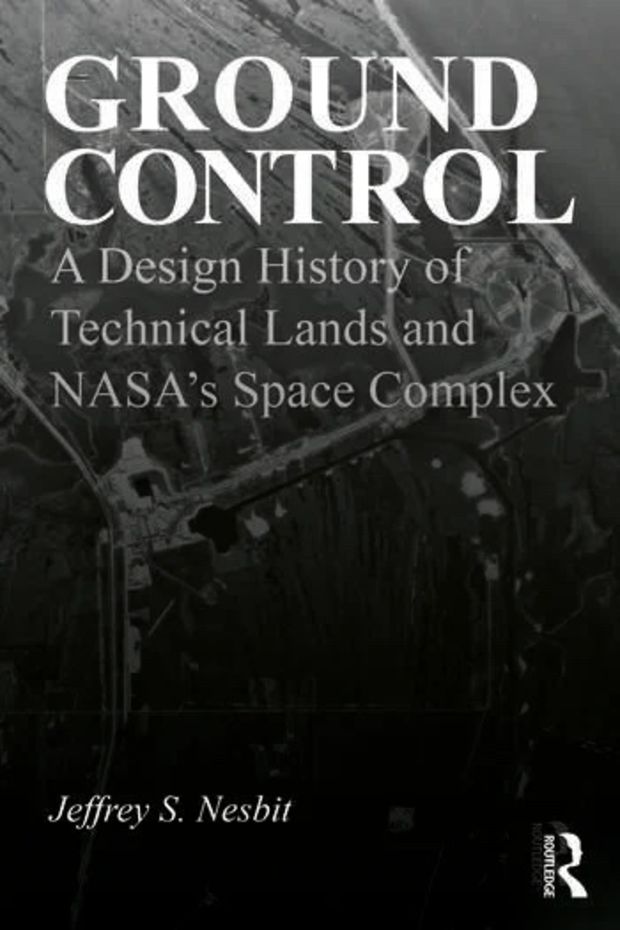Architecture Professor Publishes Book on NASA's Infrastructure History

Tyler Professor of Architecture Jeffrey S. Nesbit has published a new book that examines the 20th-century American rocket launch complex at the intersection of architecture, infrastructure, and aerospace history. Ground Control: A Design History of Technical Lands and NASA’s Space Complex (Routledge, 2024) surveys the architectural histories and aesthetic considerations that helped to develop America’s public image of early space exploration.
Focusing primarily on the period from 1950, when Cape Canaveral saw its first rocket launch, to 1969, marking the Apollo moon landing, the book explores the overlooked architectural and infrastructural landscape developments that paralleled U.S. aerospace advancements. Ground Control offers a new way of understanding how technological uses of place-based science were designed and created in support of industrial and military activities in postwar America.
Nesbit is an architect, urbanist, and founding director of the research group Grounding Design. His experience spanning over a decade includes leading design teams for public architecture and large-scale urban projects, along with managing sponsored design research projects for city governments, local institutions, and NGOs. Nesbit’s research focuses on processes of urbanization, infrastructure, and the evolution of "technical lands" — spaces united by their “exceptional” status including their remote location, delimited boundary, secured accessibility, and hyper-vigilant management. Examples of technical lands include disaster exclusion and demilitarized zones, extractive industry sites, airports, and spaceports.